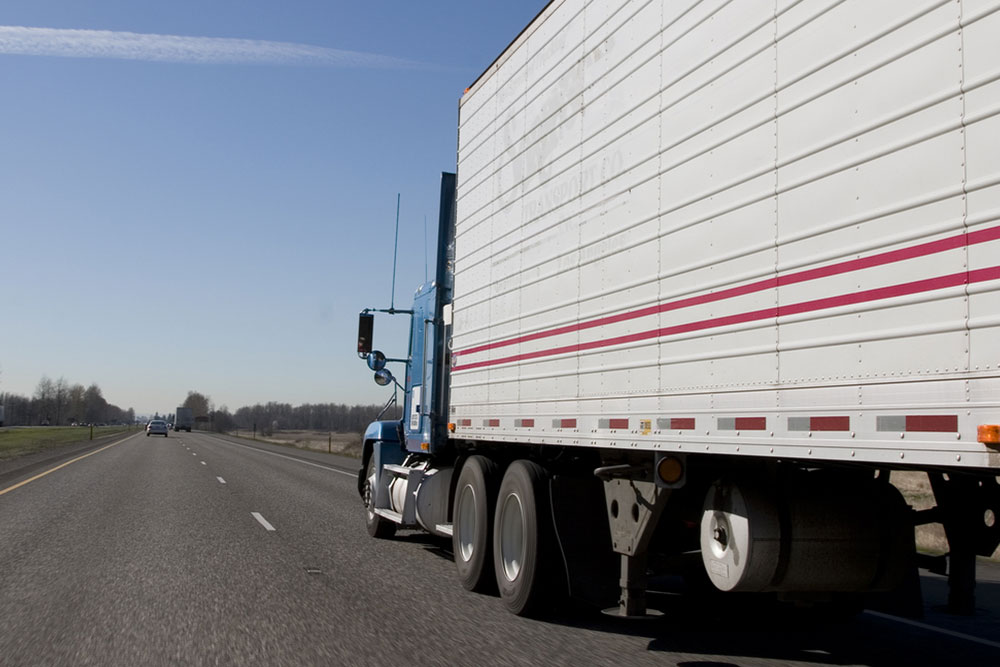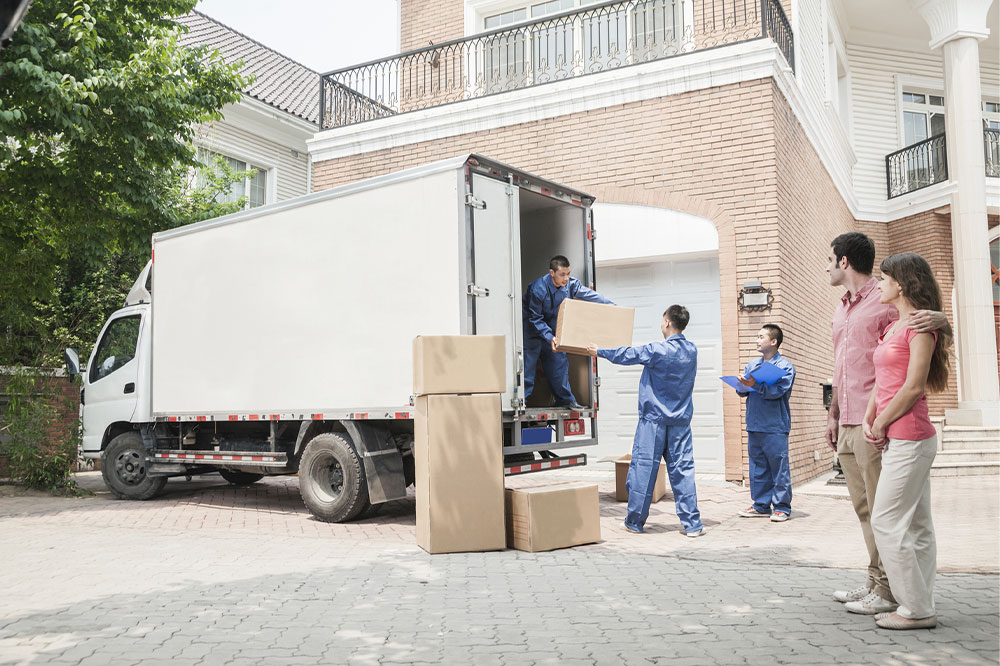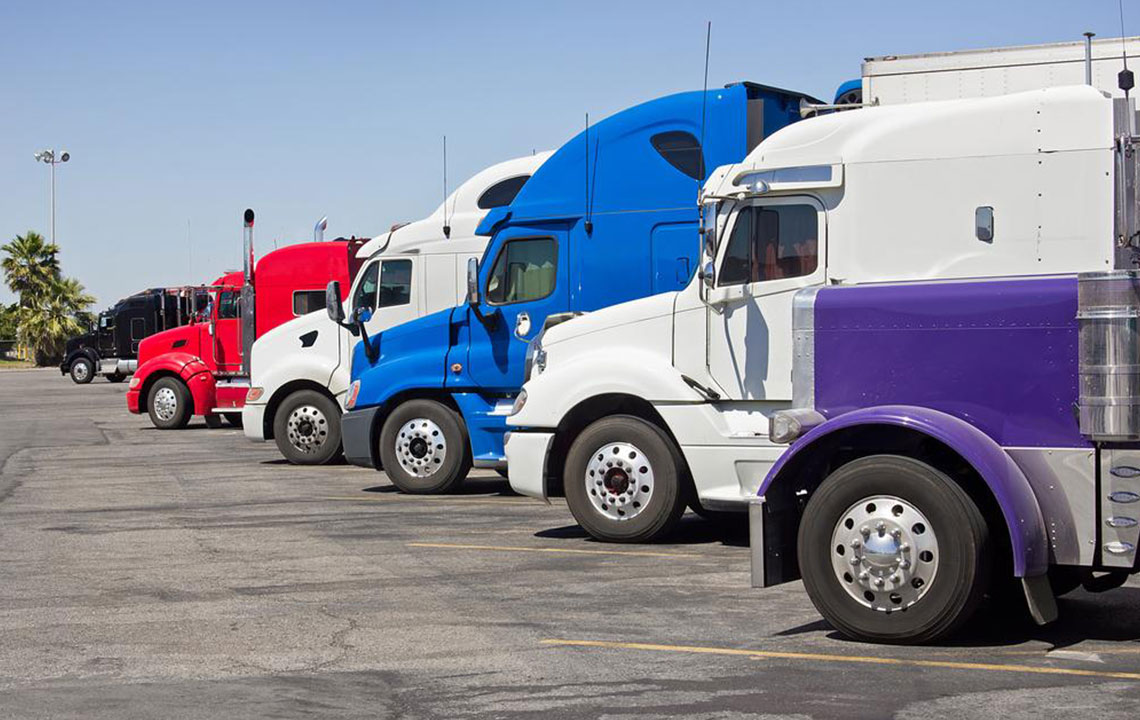Ultimate Guide to Successful Long-Distance Relocation: Strategies and Tips
This comprehensive guide provides expert strategies and practical tips for successful long-distance moving. From detailed planning and choosing reliable movers to packing efficiently and managing moving day logistics, the article covers everything you need to ensure a smooth, stress-free relocation. Whether you're moving for work, family, or personal reasons, these insights help you save time, reduce costs, and transition seamlessly to your new home or city.

Ultimate Guide to Successful Long-Distance Relocation: Strategies and Tips
Embarking on a long-distance move is a significant life event that requires meticulous planning and preparation. Whether you're relocating for a new career opportunity, the pursuit of a peaceful retirement, or to start fresh after tying the knot, the process can be daunting without proper guidance. Efficiently managing each phase of your move — from initial planning to the final unpacking — is crucial for a smooth transition. This comprehensive guide aims to equip you with proven strategies and expert tips to make your long-distance move not only successful but also stress-free and budget-friendly.
Moving across states or countries involves many steps, such as choosing reliable moving services, packing efficiently, and coordinating logistics. By following the detailed advice provided here, you can minimize common pitfalls, reduce costs, and focus on settling into your new environment with ease. Whether you're a first-timer or a seasoned mover, these insights will help you navigate the complexities of long-distance relocation with confidence.
Effective Planning for Your Long-Distance Move
Develop a Detailed Moving Checklist
The cornerstone of a successful relocation is thorough planning. Begin with a comprehensive checklist that encompasses every task, from packing and utility transfers to change-of-address notifications. Breaking down your move into manageable steps helps prevent oversight and keeps you organized throughout the process. Our in-depth moving checklist covers all essentials, ensuring nothing gets missed and reducing last-minute stress.
Maintain a Strict Schedule
Once your plan is in place, adhering to a timeline is vital. Prioritize critical tasks like securing moving quotes, booking your mover, and arranging utility services. Set deadlines and make use of calendar reminders to stay on track. A well-maintained schedule minimizes surprises and ensures a seamless transition to your new home.
Compare Multiple Moving Quotes
To find the most reliable and affordable moving service, request estimates from several reputable providers at least a month before your move. Ask for in-home evaluations to obtain accurate pricing and to better understand what services are included. Conducting early research allows you to select a trustworthy company that fits your budget and meets your needs efficiently.
Choose a Trustworthy Moving Company
When evaluating movers, consider reputation, customer reviews, and service offerings. Avoid opting solely based on the lowest quote, as cheap prices can sometimes indicate subpar service or scams. Reliable movers will handle your belongings with care, provide insurance options, and communicate clearly to ensure peace of mind during the move.
Secure Moving Insurance
Review your existing homeowner or renter insurance policies and consider purchasing additional coverage if necessary. Many commercial movers include basic insurance, but it might not cover all damages or loss. A comprehensive insurance plan safeguards your valuables throughout transit, protecting you from unforeseen accidents.
Update All Important Documents
Prior to your move, ensure your driver’s license, vehicle registration, bank accounts, and other essential records reflect your new address. Updating these details in advance avoids administrative issues after relocating and ensures a smooth transition for banking, driving, and legal matters.
Smart Packing Strategies for a Long-Distance Move
Create a Detailed Inventory List
Document every item you plan to take with you. Using a notebook or a mobile app, keep track of the contents of each box. An accurate inventory simplifies unpacking and helps verify that all belongings arrive safely at your new residence.
Measure and Plan Your Space
Measure doorways, hallways, and rooms in your new home to ensure your furniture and large appliances will fit comfortably. Planning placement ahead of time reduces stress and helps you settle in faster.
Pack an Essentials Box
Prepare a box with necessary items for your first night, such as toiletries, a change of clothes, bedding, and basic kitchen supplies. Keeping this accessible ensures you can settle in comfortably without rummaging through multiple boxes upon arrival.
Declutter Before Packing
Use this opportunity to minimize your belongings by selling or donating items you no longer need. Reducing your load lowers moving costs and makes packing easier and more efficient.
Organize and Label Packing Containers
Pack systematically by room, labeling each box clearly with its contents and destination area. Assigning numbers to boxes that match your inventory list expedites unpacking and ensures nothing gets misplaced.
Wrap and Protect Fragile Items Carefully
Use bubble wrap, packing paper, or soft clothing to protect delicate possessions. Mark boxes as fragile and instruct your movers to handle them with extra care.
Label All Boxes Clearly
Write your name and contact information on each box to prevent misplacement and facilitate tracking during transit.
Consider DIY Packing to Save Money
If budget constraints exist, handle packing yourself or with help from friends and family. This approach significantly cuts costs and allows you full control over the process.
Hire Professional Packers for Large or Busy Moves
For complex or larger moves, enlisting professional packing services can save time and reduce stress. They will handle packing, organizing, and sometimes cleaning, providing convenience despite additional costs.
Moving Day Tips to Ensure a Smooth Transition
Choose Off-Peak Moving Times
Schedule your move during the off-season, mid-week, or month to benefit from lower service rates and increased availability. Avoid weekends for potentially bigger savings and less crowded moving days.
Plan Vehicle and Transportation Options
Decide whether you'll drive your vehicle or opt for shipping, especially in international relocations. Organize transportation arrangements early to avoid last-minute issues.
Coordinate Delivery and Unloading Windows
Keep track of estimated delivery dates and stay flexible for delays. Carry a box with essential items so you can begin settling in immediately, reducing the inconvenience caused by waiting for full unpacking.





